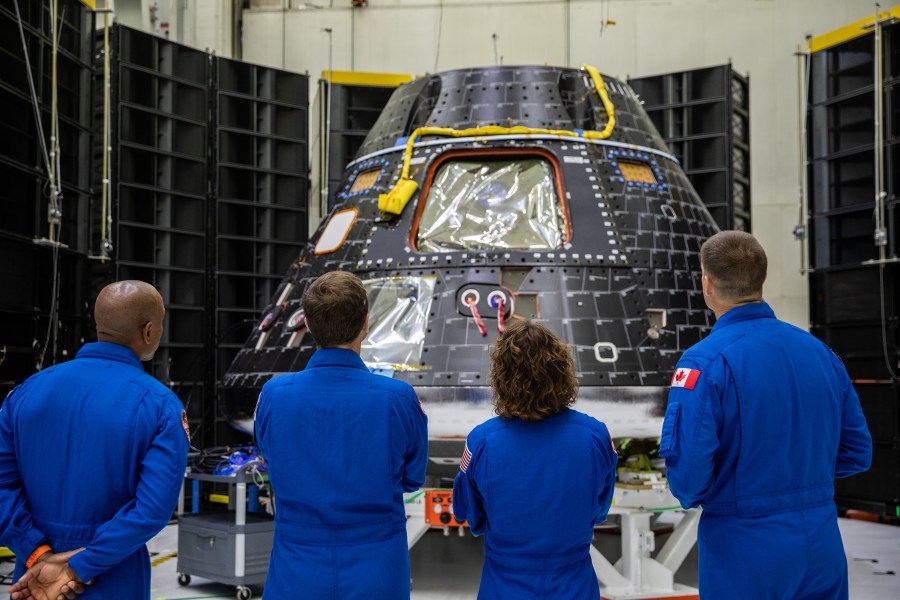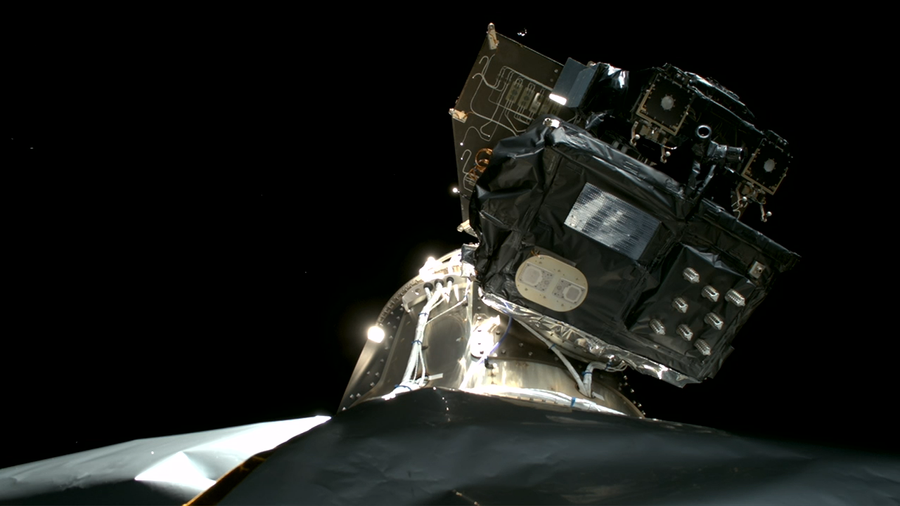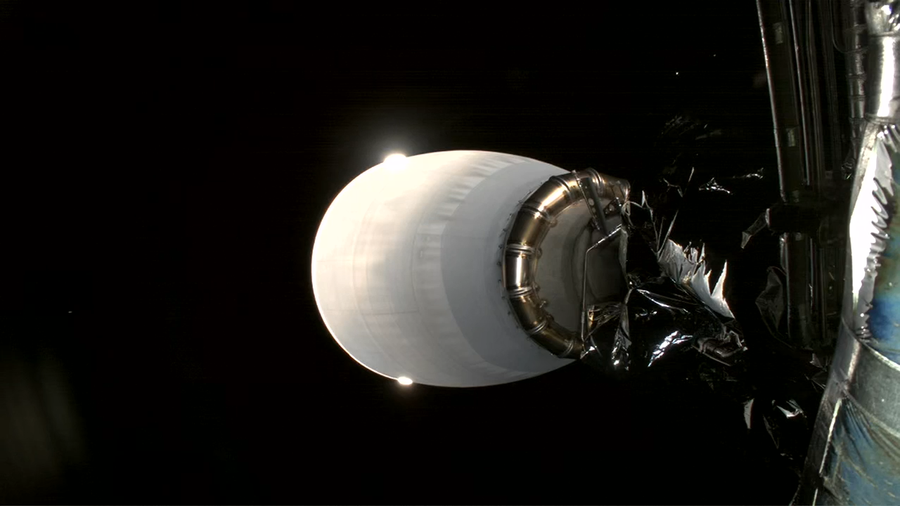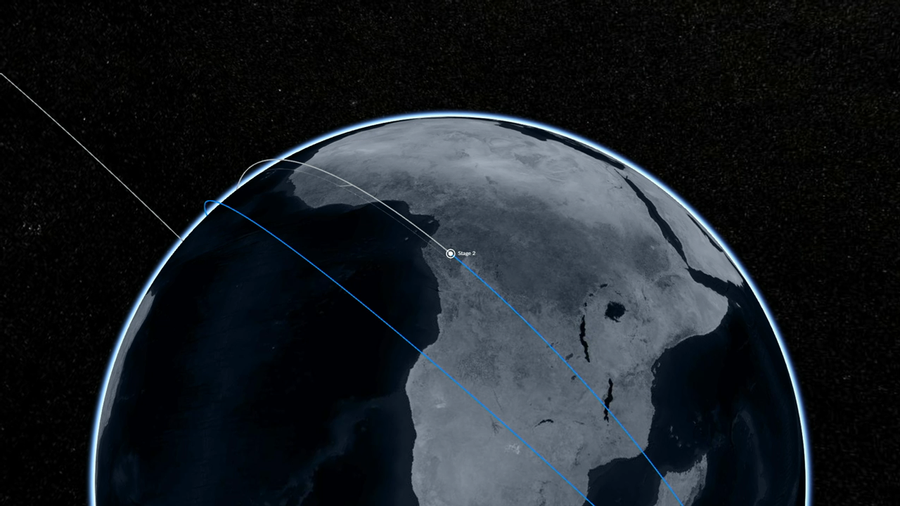The Artemis II crew members named their Orion spacecraft Integrity during a news conference Sept. 24. The name Integrity embodies the foundation of trust, respect, candor, and humility across the crew and the many engineers, technicians, scientists, planners, and dreamers required for mission success. The name is also a nod to the extensive integrated effort […]
Artemis II Crew Members Name Their Orion Spacecraft




























